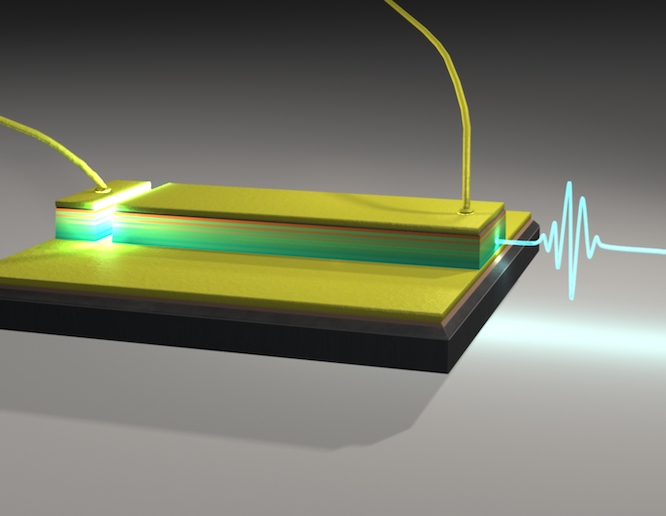New platform for quantum communication
While research into optomechanical and electromechanical systems is progressing by leaps and bounds, joint initiatives in these fields are still scarce. By coupling microwave resonant circuits and optical cavities to the same mechanical resonator, new kind of device functionalities can be envisaged. The EU-funded project 'Nanowire electro-mechanical-optical systems' (NEMO) addressed the development of such devices. In these cases, the mechanical deformation of a nano-object is used to tune its electromagnetic and transport properties. This can be achieved through radiation pressure on suspended 1D structures such as semiconductor nanowires (NWs). Their versatile optical, electrical and mechanical properties can be controlled, offering the opportunity to add or improve functionalities of nanomechanical devices. NEMO preliminary tested two cases regarding the modulation of NW electrical properties through the use of gradient gating fields. These included NWs subjected to strong asymmetric or fast oscillating fields and NW heterostructures coupled to far-field antennas. The main results included spin control in NW quantum dots and terahertz radiation detection with hetero-structured NW-based field-effect transistors. Scientists then explored devices in which optical and electrical cavities are coupled through a common mechanical resonator. This included investigating standard optomechanical systems that can be capacitively coupled to electrical circuits. Work focused on devising a silicon optomechanical photonic crystal with both large optomechanical and electromechanical couplings The main feature was the realization of nanometric capacitor gaps, resulting in a strong electrical control of the optical properties of the system. Project activities subsequently led to the production of mechanical silicon nitride NW coupled to superconducting LC resonators. In this platform, which is compatible with optical device fabrication, many remarkable effects have been shown: in particular, coherent phonon emission, field-enhanced strong coupling, cooling close to the ground state were observed for a low-frequency mechanical mode. Realising a device in which a silicon nitride NW is coupled to a resonant microwave circuit paves the way to the realisation of a full opto-electro-mechanical system. The striking feature would be to operate these hybrid opto-electro-mechanical systems in the quantum state, in which single electronic, photonic and phononic excitations can be controlled. NEMO findings represent a milestone on the path to quantum networks based on hybrid devices. Coupling the optomechanical and electromechanical platforms will allow harnessing the advantages of both systems leading, for example, to quantum repeaters for long-distance qubits telecommunication.







